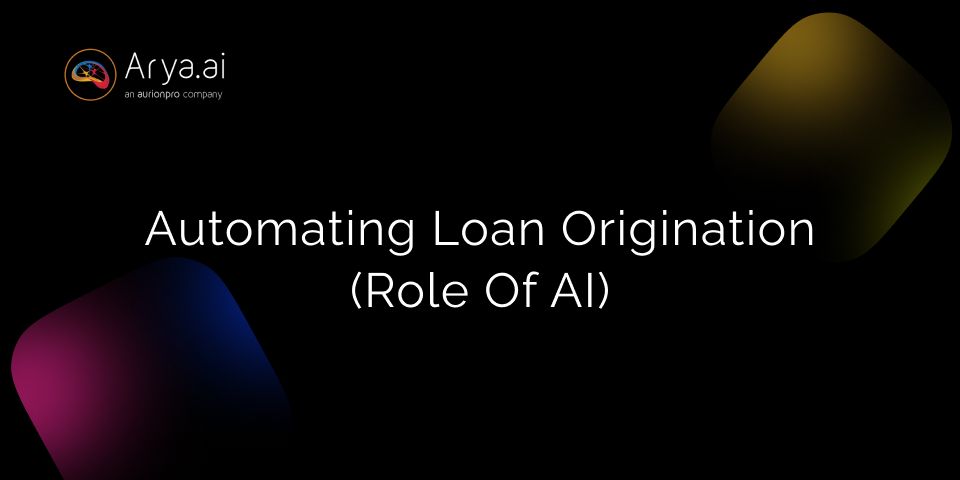Current advances in the digital world have significantly increased the amount of data being generated and processed in real-time. Manual processes cannot be employed for managing and analyzing today's data since they are just too slow and therefore create bottlenecks, costing insurers time, money and customers. Thanks to Artificial Intelligence and Machine Learning, these manual processes can be transformed into self-learning automated processes, leading to faster and more efficient support, and multichannel integration.
Insurance companies are among the front runners in seeking to take advantage of artificial intelligence to provide automated processing and streamlined services. What everyone expects from insurance companies is quick support responses and resolution - especially if the customer has approached the insurer during an emergency. This is a critical point for insurers, since the steps they take will shape the customer experience, which ultimately establishes customer loyalty and referrals in the long run.
How can AI help to tackle the operational challenges throughout the claims management cycle?
As companies develop, there will be many operational challenges that need to be faced along the claim processing journey. Companies need to develop solutions quickly to overcome problems and get in a better phase of development. Some of the operational challenges faced by the Insurance industry are -
- Keeping costs under check: With the increased number of sales of personalized premiums, there will be a rise in the number of claims. Insurance companies need to manage the process of claims well to provide better customer satisfaction. If the claims are not evaluated well, companies might end up paying higher, leading to losses. Automated processes ensure accurate evaluation and decision making, even for complex cases ensuring a better loss ratio.
- Personalized customer experience: Customers today expect companies to understand their needs well, and a ‘one size fits all’ approach does not fulfil these expectations. Intelligent automated processes help in offering personalized claims experience, making the right impression.
- Preventing added operational costs: The claims process requires one or more experts to reach the conclusion – like expertise in medical domain or in data analysis. This not only increases the TAT, but also leads to an increased cost to process. AI-enabled systems can take decisions like a claims manager in a fraction of manual claims cost and time. In scenarios where the system is not confident, it can learn from experts and continuously improve its ability to automate more cases.
- The manual process of handling claims: Human error is one reason companies face losses. Companies end up paying higher than the set standard due to manual evaluation. Moreover, standardized policies sometimes do not hold good for the respective claims, and this requires manual evaluation intervention. On the other hand, an automated process utilizes past use cases and claims data to provide intelligent and accurate results, even in complex cases, thereby reducing errors.
- Handling fraudulent claims: Fraudulent claims are an everyday nightmare for insurers, who lose millions to these claims. Efficiency to detect fraudulent claims is lower in manual processes, and such claims tend to slip through the manual watch. Automated detection deploys scalable quality checks, generates red-flags leading to efficiency in detecting frauds thus saving money for companies.
- Increasing customer satisfaction: Effective calculation during the claim process will be time-consuming, as customers approach insurance companies in times of emergency or when they have faced losses. Customers expect quick resolution and payment, which is a key challenge in case of manual underwriting. The automated process involves a calculation based on the large standardized data set, which can do quick calculations to reach a decision, and improves customer satisfaction—leading to customer delight.
Therefore, insurers are increasingly moving towards AI and machine learning to avoid losses and mitigate risks. Eventually, once these technologies are more mature, there will be an increase in digital interaction with customers and ‘No touch’ claims will be provided. More data points can be integrated into the decision making process - from wearables, medical devices, smart home utilities, etc. This will essentially create a holistic view of the customer, providing a goldmine of information to insurers to consider.
Conclusion
Claims is a complex process, and effective resolution needs a detailed examination of the cases to make the final decision. AI technologies make the processes more adaptive, improving the interaction between humans and systems. This shifts the focus of employees from repetitive, mundane tasks to where they are actually needed. Ultimately, this creates two-fold benefits - customers get tailored and near-instant decisions, and companies gain improved customer satisfaction, reduced fraudulent claims and better loss ratios.
Many Insurance companies are already focusing on implementing the automated claims process, while some are still on the fence. AI has already set foot in the industry - and will continue to grow its foundation. Insurers need to commence their automation journey sooner than later.
If you are interested in starting your automation journey, drop a ‘Hi’ and we will connect with you!





